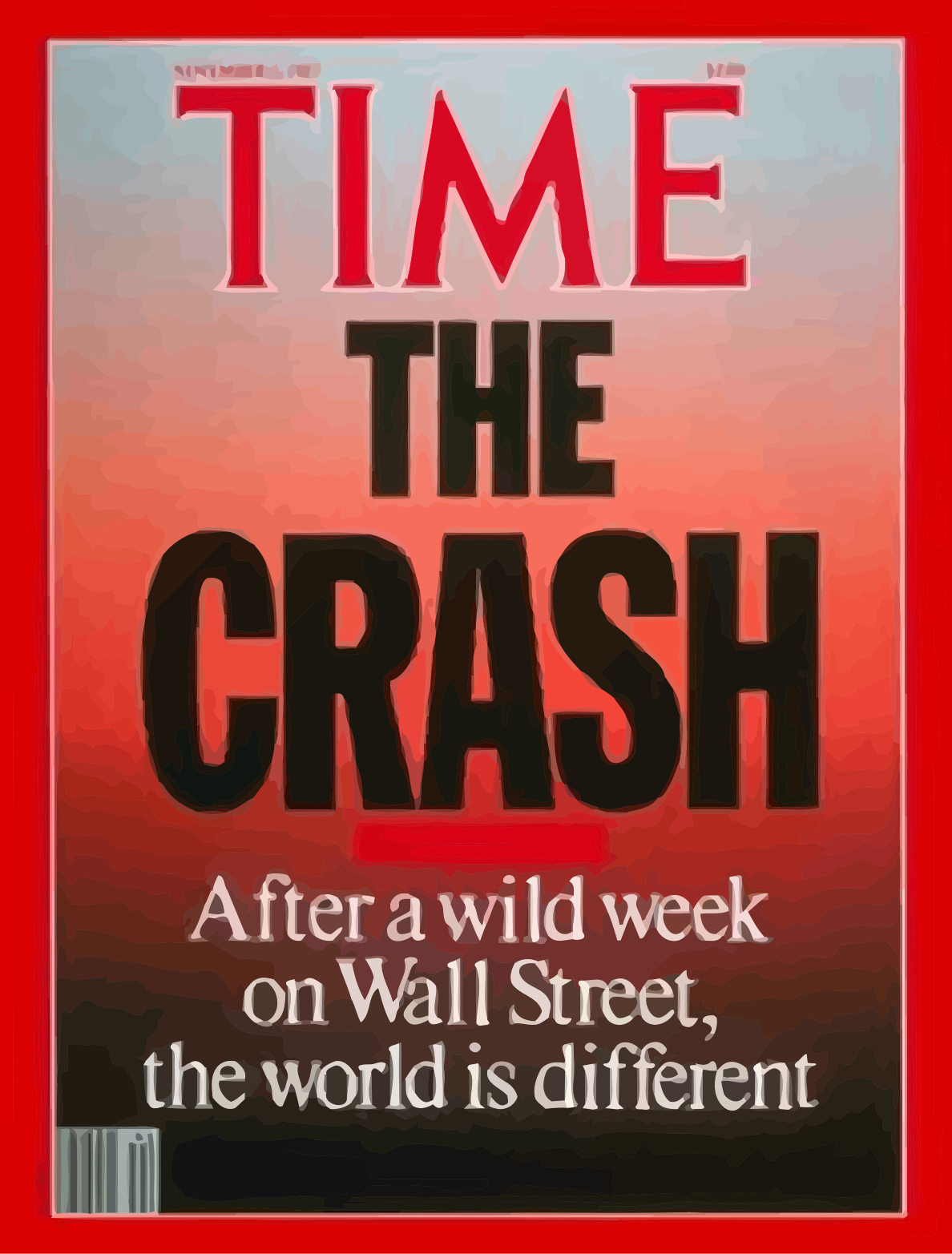September 10 2014
As the U.S. Federal Reserve debates withdrawing accommodation the doves have the upper hand, but that does not mean they won’t make a concession to hawks and hike sooner than the market expects.
Global CIO Commentary by Scott Minerd, CIO, Guggenheim Partners
The S&P 500 Index closed 0.5 percent higher at a record 2,007 on Friday, despite somewhat tepid August payroll gains of just 142,000 jobs, which did little to temper enthusiasm among U.S. equity bulls.
Personally, I don’t make much of the below-expectations increase in payrolls, as that number is subject to significant revision. However, with wage growth low and payroll growth subdued, the more dovish members of the Federal Open Markets Committee will certainly have increased ammunition for keeping interest rates low when they head into their September 16-17 meeting.
Even though August’s labor force participation rate was slightly lower than July’s, the overall downward trend has been broken. As a result, the rapid decline in the nation’s unemployment rate should begin to slow, which could put the timing of arriving at the non-accelerating inflation rate of unemployment, or NAIRU, later than currently expected. As unemployment and the rate of wage growth are two critical components in any move by the Federal Reserve to withdraw monetary accommodation, the doves clearly have the upper hand for now.
Meanwhile, polls about the upcoming Scottish referendum have tipped for the first time this year on the side of Scottish independence from the United Kingdom. That, coupled with European Central Bank President Mario Draghi’s announcement last week regarding quantitative easing in Europe, has prompted a drop in the value of the British pound and the euro, strengthening the U.S. dollar significantly.
This will further dampen U.S. inflationary pressures by reducing input prices and costs of imports just in time for Christmas. This should further buoy bond prices as inflationary expectations remain contained, which in turn would support more accommodation by the doves.
Nevertheless, the doves are sensitive to unity and may want to be seen as flexible to changing conditions. They may feel a need to make a concession to hawks by either changing the language of the FOMC statement or by indicating a willingness to modestly increase rates sooner than the market anticipates.
However, this should not necessarily be interpreted as a bearish indication for markets since the broader downward pressures on interest rates remain intact and stocks tend to continue rising even after a rate hike as investors take the withdrawal of accommodation as an endorsement of the sustainability of the economic expansion.
For now, the bulls hold the advantage.
Chart of the Week
Participation Data May Extend Low Rates
The U.S. unemployment rate has been falling at near its fastest pace in 30 years, but the decline is largely due to the millions of Americans who dropped out of the labor force altogether due to poor job prospects. This has left Federal Reserve Chair Janet Yellen reluctant to raise interest rates, even though the unemployment rate is relatively low. Recently, however, the decline in labor force participation has stabilized. As more people re-enter the workforce and look for jobs, they will be counted as "unemployed." This should slow the decline in the unemployment rate and suggests Dr. Yellen may keep rates low for longer than previously anticipated.
CHANGE IN UNEMPLOYMENT RATE AND LABOR FORCE PARTICIPATION RATE

Source: Haver, Guggenheim Investments. Data as of 9/10/2014.
Economic Data Releases
U.S. Payrolls Miss Estimates as Unemployment Falls
- Non-farm payrolls were below expectations in August, with the economy adding 142,000 jobs and the prior two months revised down by 28,000. The reading was the worst this year.
- The unemployment rate ticked down to 6.1 percent in August due to labor force participation falling back to a 36-year low.
- Average hourly earnings were in line with expectations, rising 0.2 percent from a month earlier. Year-over-year growth rate remained at 2.1 percent.
- Average weekly hours were unchanged at 34.5.
- Job openings were mostly flat in July, inching down to 4.673 million from 4.675 million. Hiring and quits rates held constant.
- Initial jobless claims ticked up to 302,000 from 298,000 for the week ended August 30.
- The NFIB Small Business Optimism Index rose to 96.1 in August from 95.7. Increased capital expenditures were a key reason for the increase.
- The ISM non-manufacturing index rose to 59.6 in August, a nine-year high.
- The trade deficit unexpectedly narrowed in July, decreasing from -$40.8 billion to -$40.5 billion.
European Data Is Encouraging, Chinese Exports Slow
- Industrial production in Germany surprised in July, up 1.9 percent following a 0.4 percent gain.
- German exports unexpectedly surged in July by 4.7 percent, the best month in over two years.
- German factory orders jumped 4.6 percent in July after falling 2.7 percent the previous month, the most since June 2013.
- French industrial production rose slightly in July, up 0.2 percent. Year-over-year growth returned to positive territory for the first time in six months.
- U.K. industrial production beat estimates in July, up 0.5 percent, the best month since February.
- Chinese exports slowed less than expected in August, up 9.4 percent year over year after July’s 14.5 percent surge.
- Japan’s Economy Watchers survey was worse than expected in August, with the current conditions index falling to a three-month low of 47.4 and the expectations index down to a four-month low.
Copyright © Guggenheim Partners
****
Disclaimer
This article is distributed for informational purposes only and should not be considered as investing advice or a recommendation of any particular security, strategy or investment product. This article contains opinions of the author but not necessarily those of Guggenheim Partners or its subsidiaries. The author’s opinions are subject to change without notice. Forward looking statements, estimates, and certain information contained herein are based upon proprietary and non-proprietary research and other sources. Information contained herein has been obtained from sources believed to be reliable, but are not assured as to accuracy. No part of this article may be reproduced in any form, or referred to in any other publication, without express written permission of Guggenheim Partners, LLC. ©2014, Guggenheim Partners. Past performance is not indicative of future results. There is neither representation nor warranty as to the current accuracy of, nor liability for, decisions based on such information.














